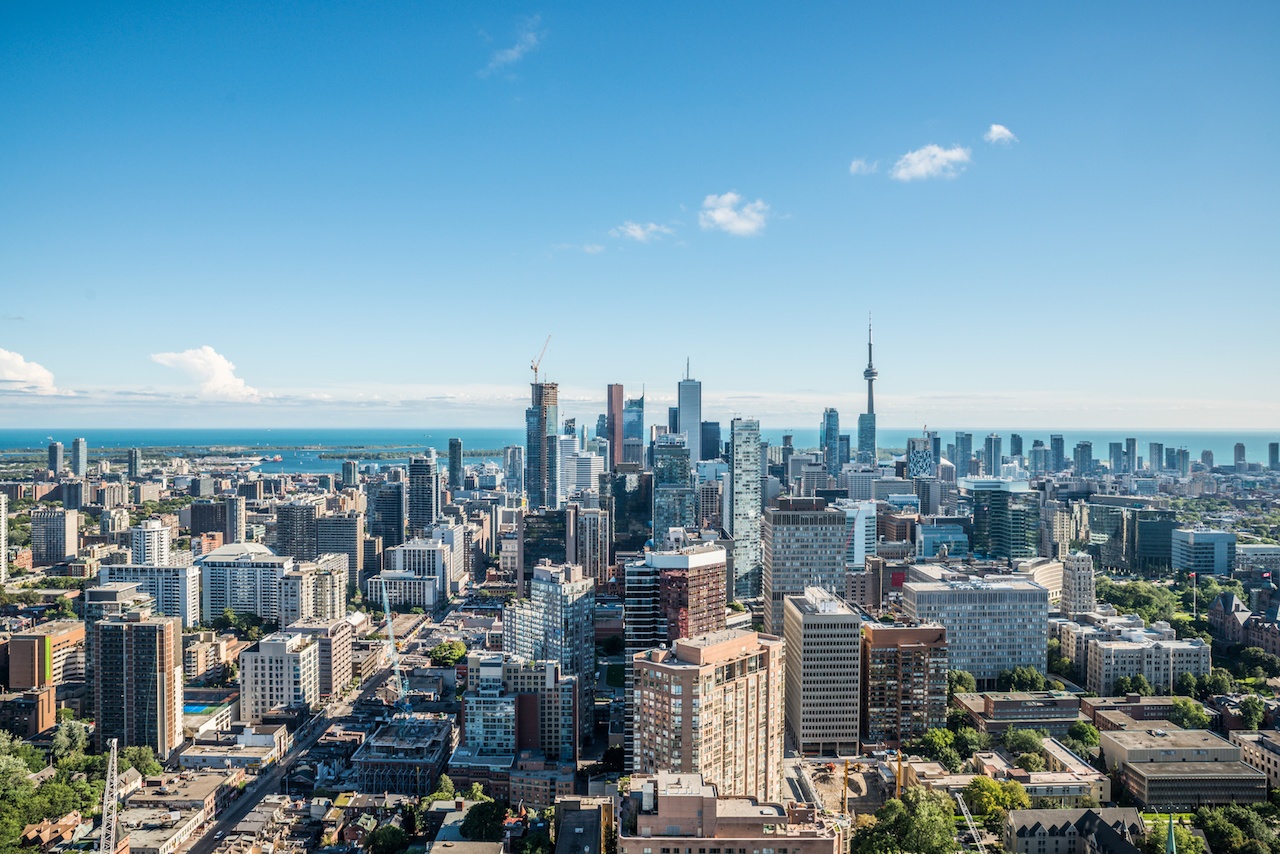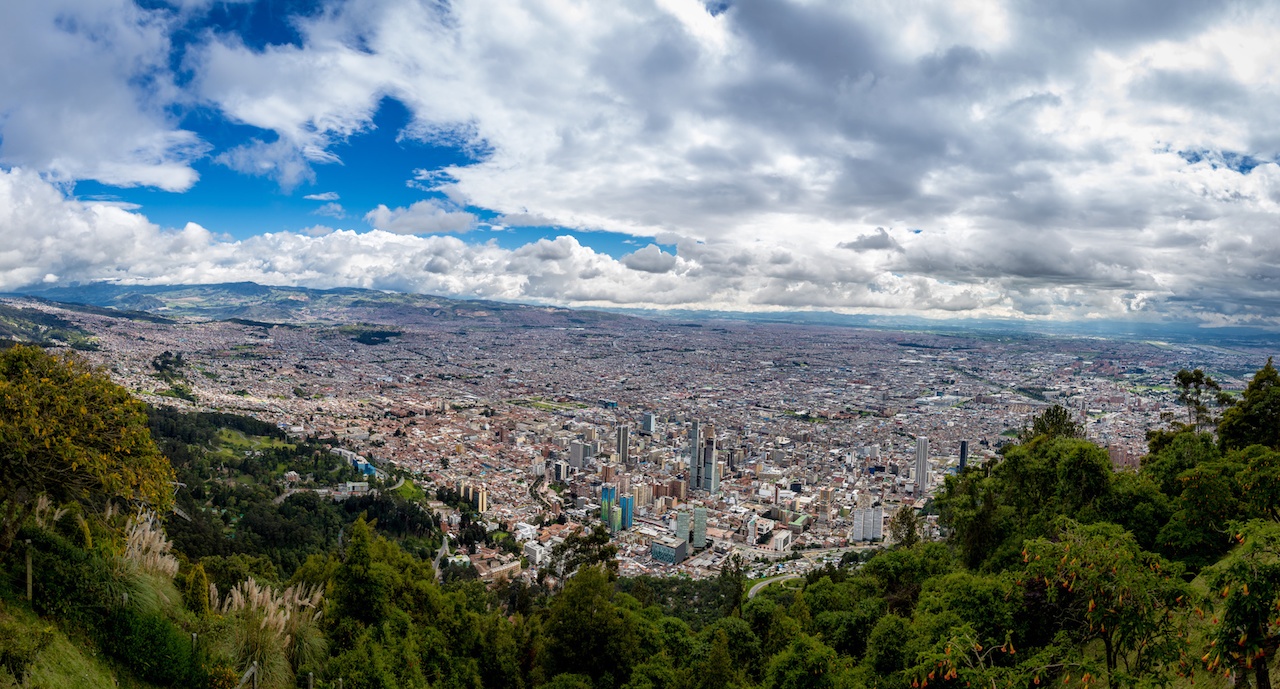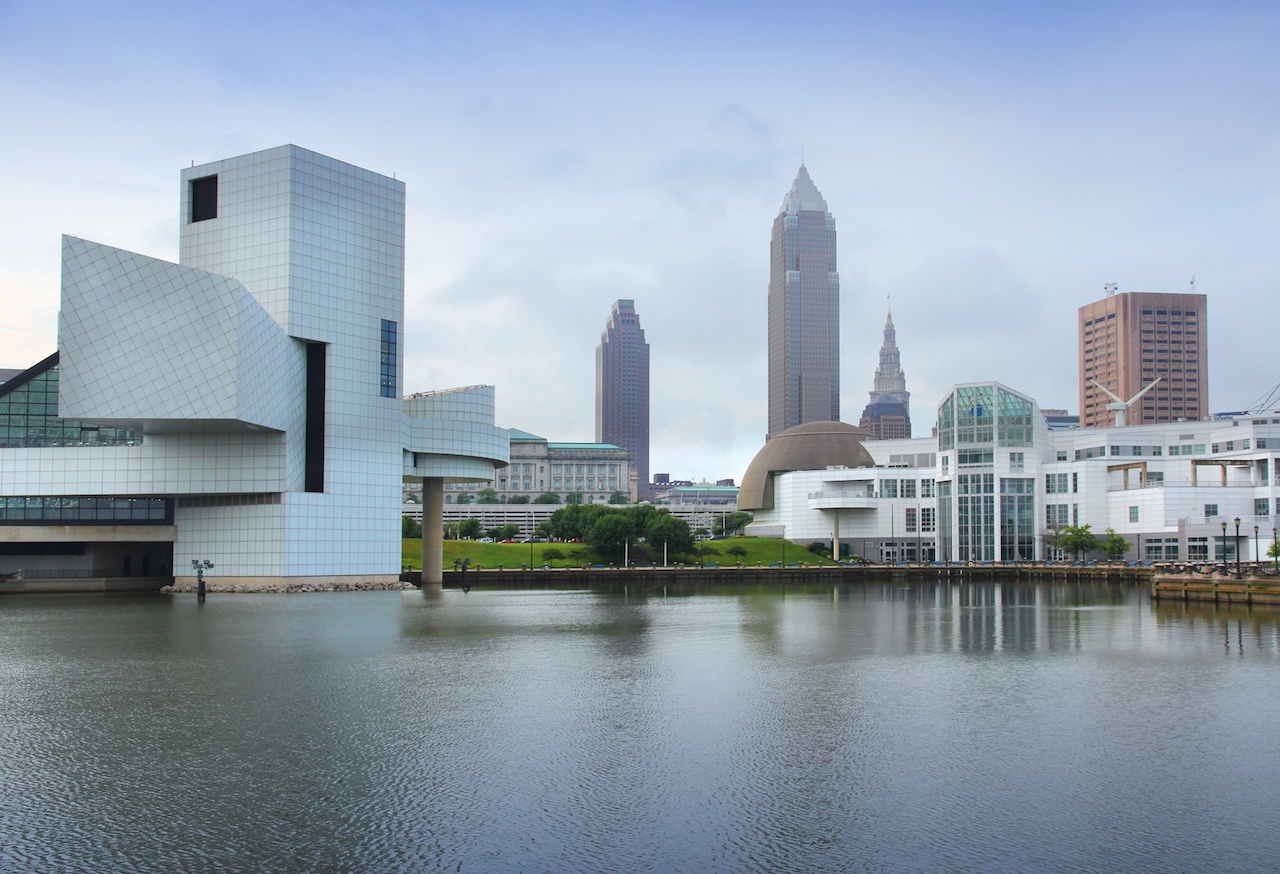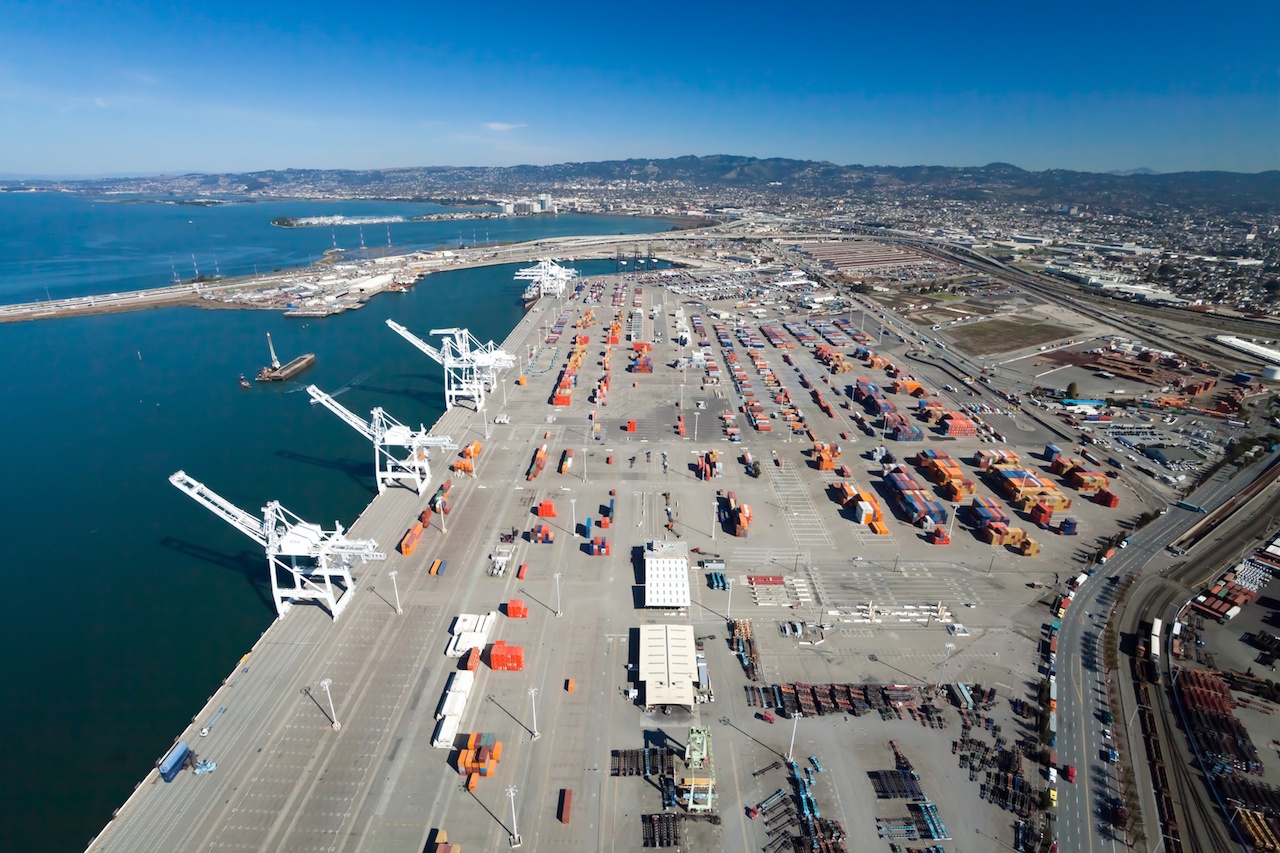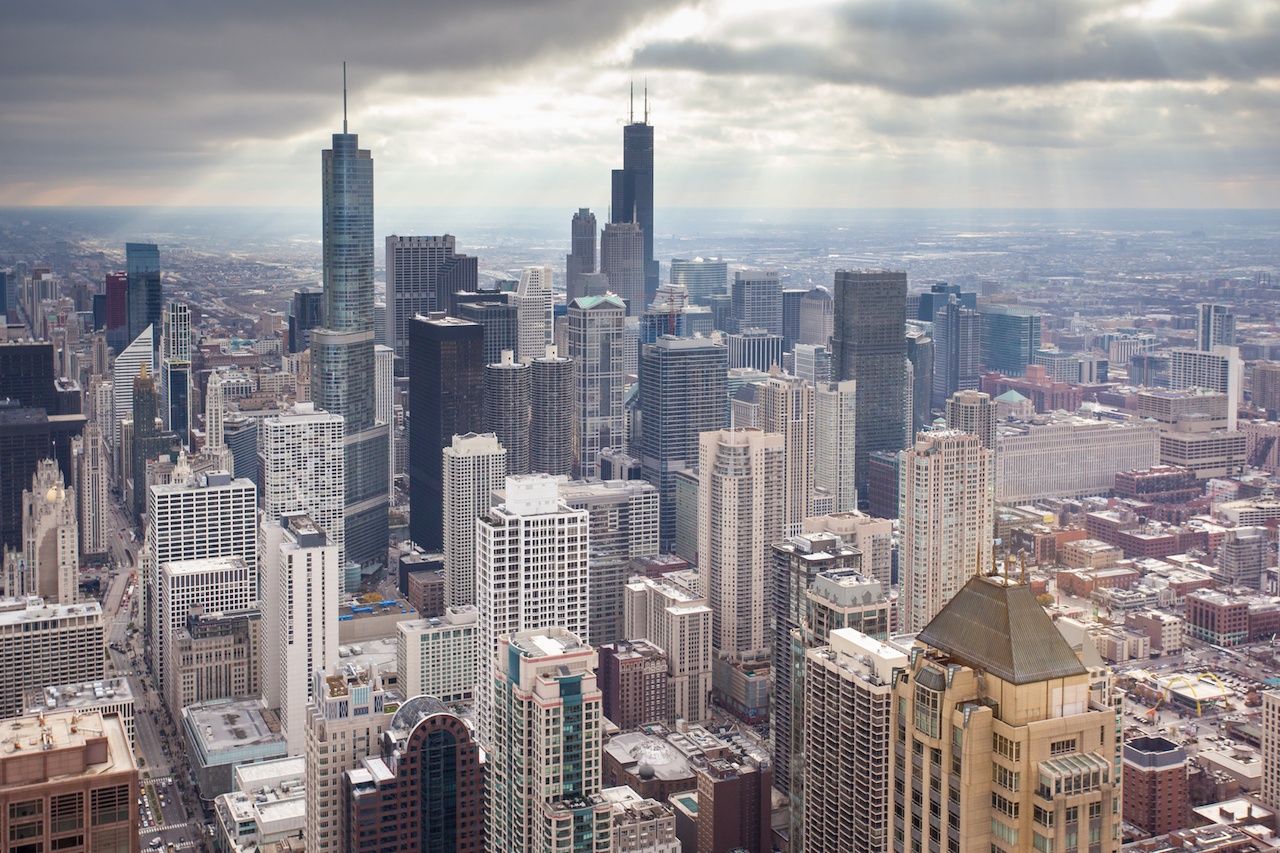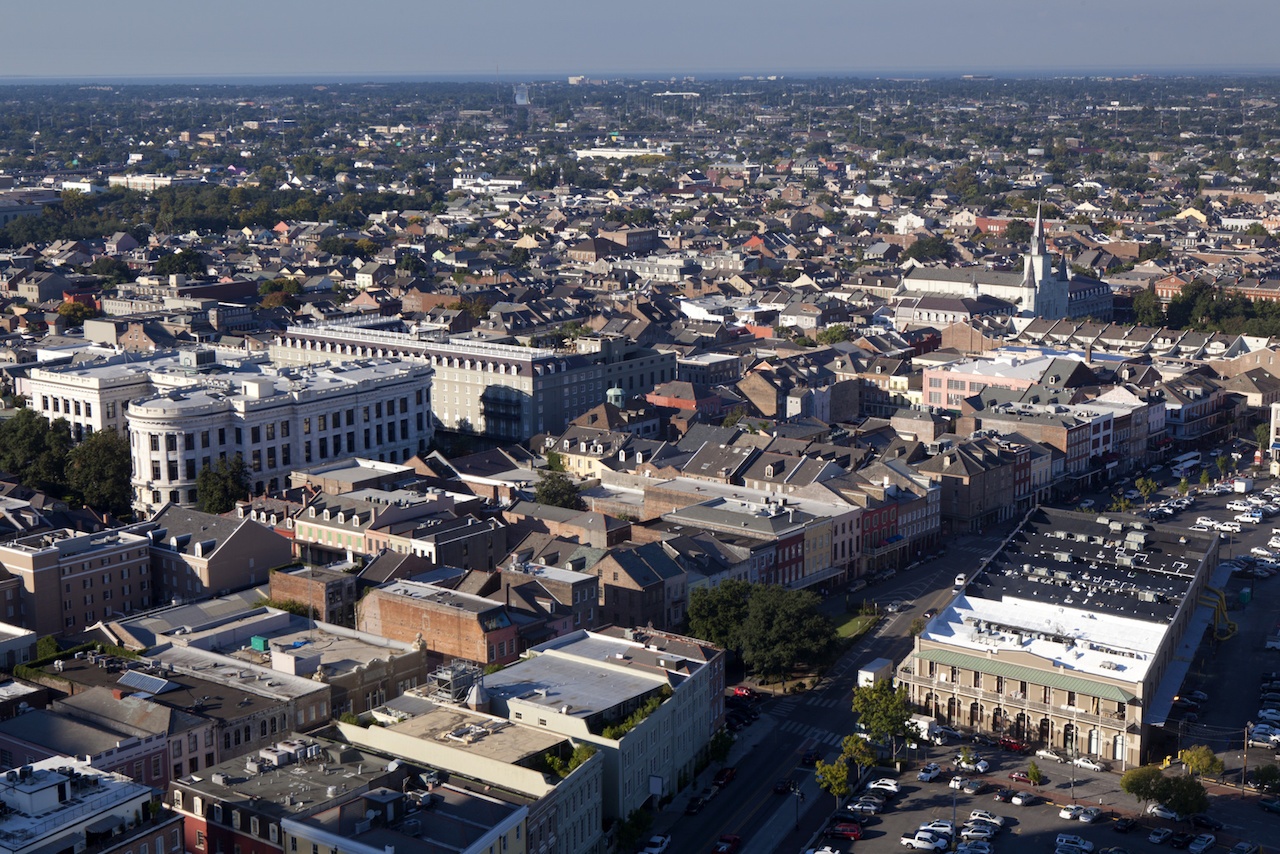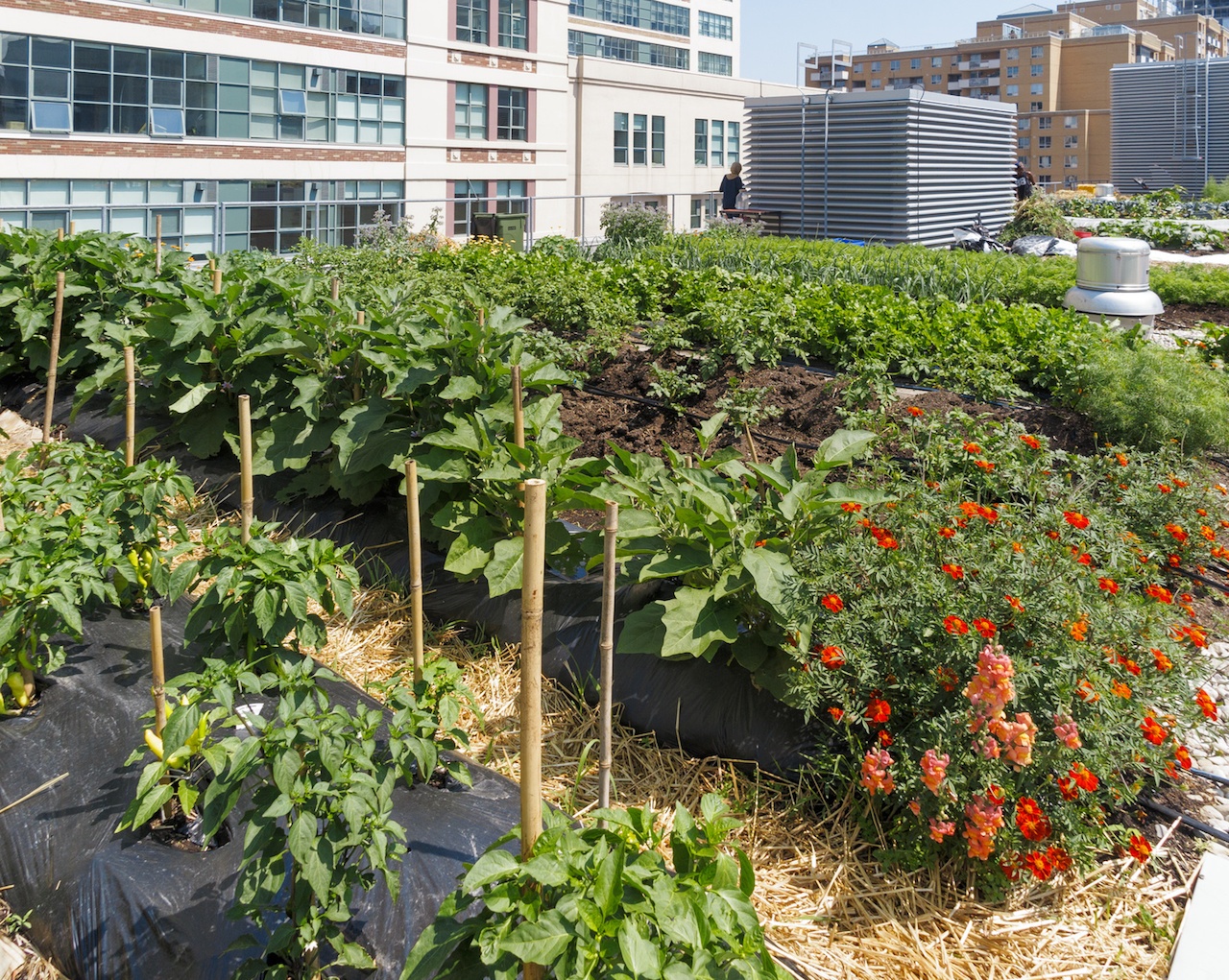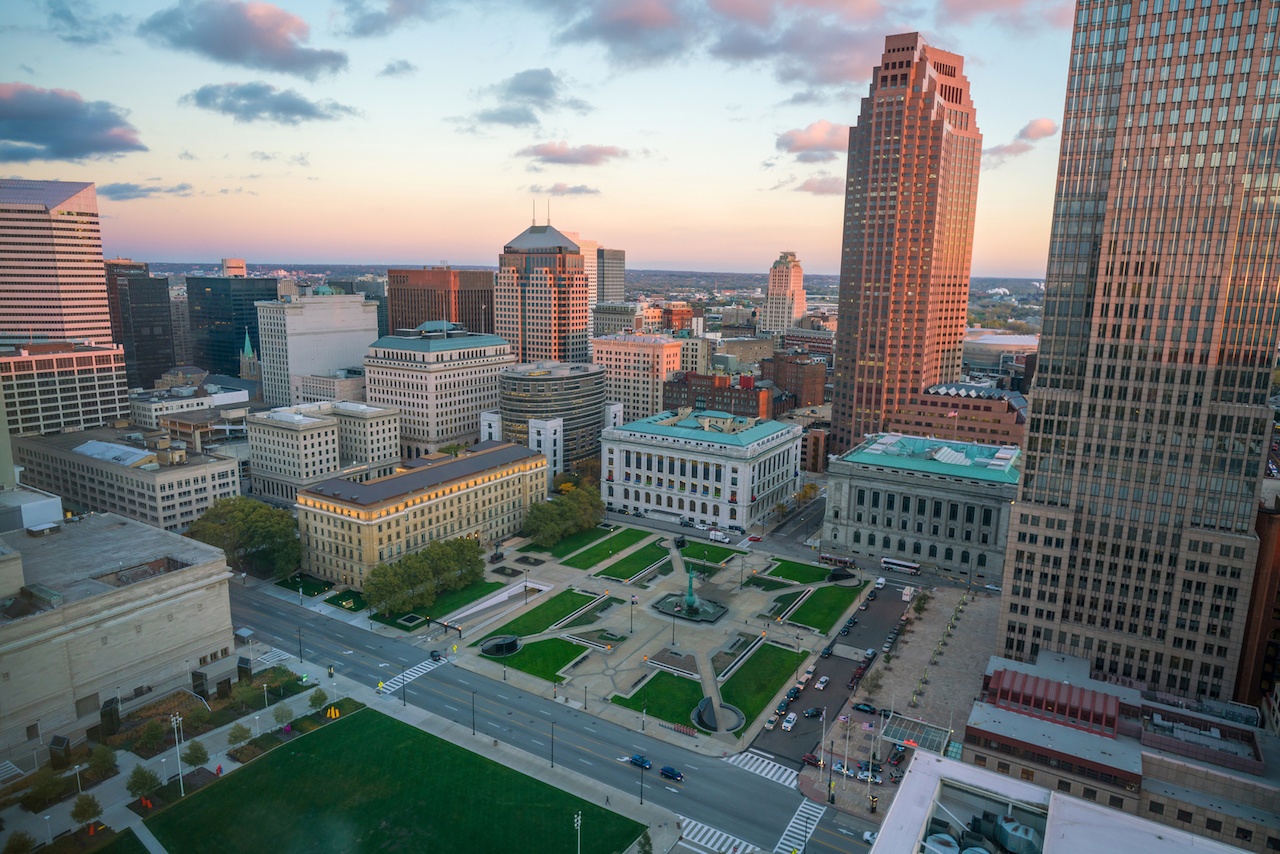Technology
A broad category of content focused on technology in cities.
Examples: IoT, privacy, software, hardware, innovation, connectivity
Combining Technologies to Bring Connectivity to the Community
Rhyzome Networks has undertaken a project to upgrade the equipment used for wireless access in order to create stronger connections between the root access points and the repeaters. Our new network does not rely on the original projects wireless mesh and fibre combination, and instead uses wireless point-to-point and fibre for the backhaul of information and the aging 7181 access points will be swapped out in favor of Aruba units.
Our journey into telecommunications began in 2009 as an initiative to provide a backhaul for Festival Hydro’s smart metering system. That project led us down a path to offering wireless and fibre optic connections. It became clear early on in the project that the infrastructure we were putting in place provided us with the opportunity to create a robust backbone that would support the offering of affordable internet and other connectivity options in a community that was, at the time, largely overlooked by the big players in the Canadian telecommunications space.
How to Build More Connected and Inclusive Cities
When thinking about the cities of the future, I know that they will be more connected, and I strongly believe that they must be more inclusive. We can’t have the Internet of Everything without the Inclusion of Everyone. Already today, a growing number of cities are using smart technologies to better connect people to places and to each other – and more importantly also connecting people to opportunities for better and safer lives.
Unfortunately, what still causes a significant amount of friction in our cities and prevents inclusive growth is the dominance of cash. In fact, close to 85 percent of all consumer payments in the world are still done with cash or checks. This means that far too many people are trapped by default in an informal economy. They lack the financial services to guard themselves against risk, save for themselves, plan for their children’s futures, and build better lives.
Protecting Our Cities from Cyber Attacks
This week, we’re featuring a three part article series from Meeting of the Minds co-founder, Gordon Feller, on cities and cybersecurity. This is the final article in the series.
As a city’s digital infrastructure improves, the distribution of digital skills and the culture of the digital economy will also improve — making it more likely that as each gets better, the city’s goals can be achieved more effectively. Cities can attract and retain higher quality workers if and when cities draw more businesses, new investments, and improved social and cultural amenities. Through joint planning between varied stakeholders (including the city government, businesses, and artists), all involved can thrive off each other and do so at a lower cost, thanks to shared resources in the cloud, accessible via mobile networks, etc.
City leaders increasingly understand that there must be a sustained investment in the digital economy’s hard infrastructure and soft infrastructure. This means investing in both traditional assets (e.g., transport, housing) as well as new assets for digital success (e.g., broadband, sensors, big data and analytics). It means nurturing skills and capabilities in design, creativity and innovation that represent an increasingly important part of the new “capital stock” from which cities square the circle of sustainable growth and social inclusion.
Smart Cities Face a Dynamic Cybersecurity Landscape
This week, we’re featuring a three part article series from Meeting of the Minds co-founder, Gordon Feller, on cities and cybersecurity. This is the second article in the series.
In yesterday’s blog post I put forward an idea: tech-powered urban innovations will not only make cities more efficient, they’ll help to transform how those cities operate, how they connect with (and listen to) citizens and visitors, and that may portend even bigger changes on the near-horizon.
The range of functions that a smart city can integrate digitally is growing exponentially. It typically includes connected and remotely accessible city assets or public spaces in which connectivity allows new patterns and styles of public engagement and municipal service delivery. But a smart city also introduces tremendous value through more mundane, but equally important, functions like parking, lighting, security, Wi-Fi and energy management. As IoT grows, cities (or even regions) can more affordably invest in and increasingly benefit by sharing their capabilities.
When Smart Cities Become Digitally Insecure
This week, we’re featuring a three part article series from Meeting of the Minds co-founder, Gordon Feller, on cities and cybersecurity. This is the first article in the series.
We’re in the midst of an exciting revolution that’s changing virtually everything about the way we work and live in cities. What’s happening to us all has various names—the Gartner Group calls it “the Nexus of Forces”; IDC Research refers to as “the Third Platform”. Others refer to it as “the Internet of Things (IoT) revolution”. Whatever name you choose, this could be the mother of all big transitions, and what’s driving it is the stitching together of a wide range of many different kinds of technology-driven disruptions.
One thing is clear, and it’s starting to get widely noticed: this process, stimulated by the emergence of low-cost connected technologies, is transforming our experience of cities as we’ve known them.
Creating a Smart City? Start With Your Entrepreneurs.
The city of Cleveland recently launched a neighborhood transformation initiative that will be working to build up various neighborhoods within the city. Starting over a year ago, the city began laying the groundwork and identifying the neighborhoods; now the city is ready to work with local partners and entrepreneurs to move forward by providing capital to grow local business.
Starting a large city overhaul is a daunting task but by having coordination between the groups involved in the project and the city before the project even started, the city has already set the precedent for open communication and keeping the project on course.
My Move From the EPA to Silicon Valley to Green Our Cities
The average city procurement officer spends upwards of 15 hours researching cost, quality, and compliance specifications before deciding on where to spend our taxpayer dollars. This process is made more difficult by outdated systems and the many intricacies of policy...Smart Cities and the Weather
A study by the US National Center for Atmospheric Research (NCAR) in 2008 found that the impact of routine weather events on the US economy equates annually to about 3.4% of the country’s GDP (about $485 billion). This excludes the impact of extreme weather events that cause damage and disruption – after all, even “ordinary” weather affects supply of and demand for many items, and the propensity of businesses and consumers to buy them. NCAR found that mining and agriculture are particularly sensitive to weather influences, with utilities and retail not far behind.
Many of these, disaster management included, are the focus of smart city innovations. Not surprisingly, therefore, as they seek to improve and optimize these systems, smart cities are beginning to understand the connection between weather and many of their goals. A number of vendors (for example, IBM, Schneider Electric, and others) now offer weather data-driven services focused specifically on smart city interests.
Advancing Urban Resilience One Decision at a Time
The Climate-Smart Cities program at The Trust for Public Land is designed to help cities overcome barriers through a holistic, urban planning approach, bringing a broad range of traditional and non-traditional partners together to develop a common understanding of the needs and opportunities in their communities through the strategic deployment of green infrastructure. We believe that inter-agency and cross-sector collaboration can unlock hidden resources for multiple-benefit, climate-smart green infrastructure for the benefit of the communities who need it most.
Finding Fresh: How Smart Farming is Impacting Smart Cities
The California economy is currently seeing a spillover of the newest technological innovations from Silicon Valley, into the Central, San Joaquin and Salinas Valleys; adding to the existing base of advancements in precision irrigation, spectral imaging, genomics, environmental, animal and plant sciences, and dozens of other areas of practice. Many of the applications in use in today’s cities will likely find their place on the farm or vineyard, especially when it comes to IoT (Internet of Things) technologies.
The smart city is meeting the smart farm, but the nature of technology necessitates this relationship will be symbiotic not unidirectional. Increasingly, the smart farm will be impacting the smart city.
Smart Cities and Artificial Intelligence: Balancing Opportunity and Risk
Steven Hawking recently commented that artificial intelligence (AI) would be “either the best thing or the worst thing ever to happen to humanity”. He was referring to the opportunity that AI offers to improve mankind’s situation, set alongside the risks that it also presents. These same competing possibilities apply no less when AI is considered in the context of smart cities and the planet’s growing urbanization. With smart cities, though, this is not just some abstract balance: there is a genuine choice of path to be made as smart cities and AI evolve together. This article explores the choice.
Cleveland Midtown Tech Hive: Technology & Community
DigitalC aims to begin to address this need by developing the Midtown Tech Hive located at 6815 Euclid Avenue in Cleveland’s Midtown neighborhood. The Midtown Tech Hive will house Cleveland’s first neighborhood innovation space anchored and operated by DigitalC, an organization dedicated to making Cleveland a thriving hub of innovation and digital inclusion. The Hive will provide vibrant workspace, feature robust 18-hour programming, and a commitment to a diverse user base.

